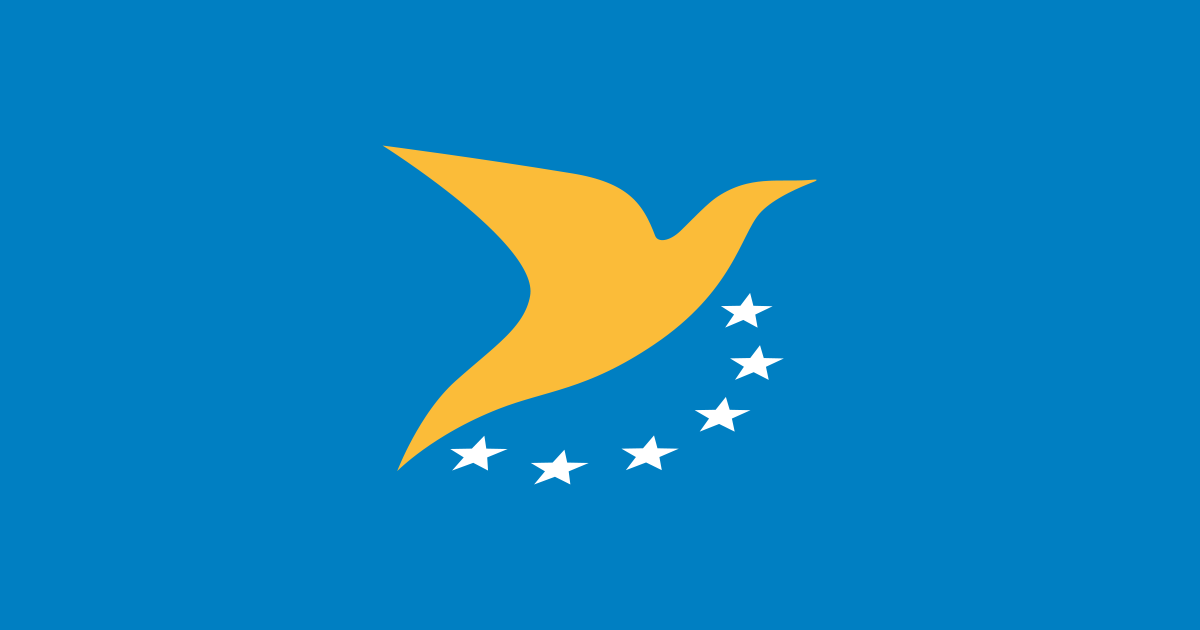COLOGNE, July 19, 2024 – The award to Airbus of a Type Certificate for the A321XLR marks the end of a certification process for the European Union Aviation Safety Agency that lasted more than five years. Airbus’s aim for the new model was to offer a narrowbody aircraft which has additional fuel capacity and so is suited to long-haul flights.
Airbus proposed to build in a new fuel tank, known as the Rear Central Tank or RCT. The proposal was classified as a major significant change, based on the closest derivative aircraft, the A321Neo. The RCT represented a novel unusual design, that was not fully covered by the existing CS-25 certification specifications, the main technical requirements that have to be complied with in the certification of large commercial aircraft.
EASA’s approach in such a situation is to lay down what is known as Special Conditions to address any gaps or inadequacies in CS-25. The special condition defines safety standards which any manufacturer wishing to adopt this type of change would have to meet to achieve certification approval, without prescribing exactly how they should achieve this.
“The aim of every action taken by EASA is to ensure that the aircraft is safe,” said EASA Executive Director Florian Guillermet. “Our requirements can be quite stringent and pose significant challenges to the manufacturer, in this case Airbus. But we have a truly common aim of ensuring safety.”
In this case, the safety challenge was posed by the addition of the new fuel tank, integrated within the fuselage, in the underbelly of the aircraft. The special conditions set focused on crash safety, fire safety and occupant protection. For example, the risk of fire had to be mitigated to allow for a safe evacuation of passengers and crew in an accident.
“We needed to be sure that the design location of the tank would not in itself trigger a safety issue, that the tank was adequately robust and crash resistant, even in a case where the landing gear failed or an unknown threat such as an item on the runway could damage the tank, and finally we wanted proof that if the tank was compromised, the leakage rate would be limited so as not to pose a threat,” said Michael Singer, Head of Department – Large Aeroplanes at EASA.
Airbus responded by providing a sophisticated design for the tank integration which made it more crash resistant, by introducing stronger material compositions and additional supporting structural provisions to protect the fuselage for the case of an uncontrolled landing, and by introducing an inner liner to the tank to limit any potential leakage.
The changes to the aircraft went far beyond the RCT itself. The landing gear was reinforced and local structure changes made to accommodate the increased take-off weight resulting from the extra fuel carried. The fuel system was adapted to integrate the RCT. Some other product enhancements were made, for example to the flight controls.
In the run-up to certification, EASA and Airbus held over 400 joint meetings of technical experts, 900 flight test hours on three test aircraft, more than 500 certification documents were produced, reviewed and signed off, tests were witnessed, inspections carried out and audits completed.
Official news published at https://www.easa.europa.eu/en/newsroom-and-events/press-releases/easa-issues-type-certificate-airbus-a321xlr-how-we-certified



